and the distribution of digital products.
Best Manga Panels EVER MADE | The EMOTIONAL CLIFFHANGERS!
As my brother lost himself in the world of Naruto, he noticed that a group of young readers had gathered around him. They were all manga enthusiasts who frequented Manga Mania regularly. My brother, though initially shy, found himself engrossed in a passionate discussion about the characters, the plot twists, and the art style.
As the evening sun cast a warm glow on the bookstore, my brother realized he had found a community of fellow manga lovers. He decided to purchase the first few volumes of “Naruto” and became a regular visitor to Manga Mania. Woah,sounds dramatic doesn’t it? haha!
From that day on, my brother’s love for manga grew, and he found a group of friends who shared his passion. Manga was not just a form of entertainment but a bridge to new friendships, all thanks to a little bookstore in the heart of Mumbai.
I am more of a Dragon Ball guy, but just thought I should address this and write this article! ????
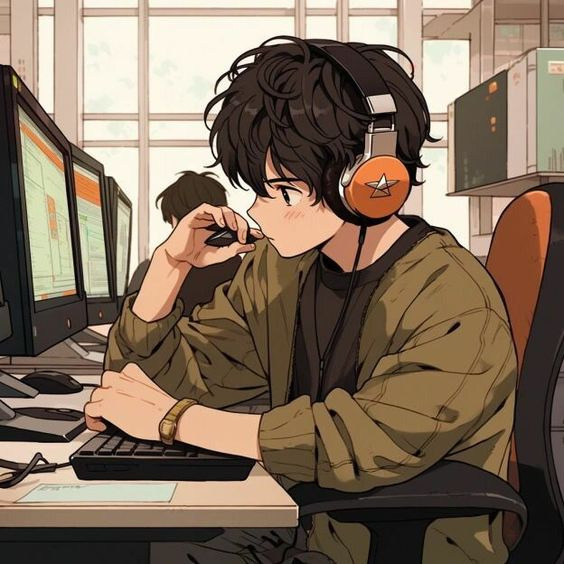
In simple terms, manga and anime are two related but different forms of Japanese storytelling, primarily known for their use of colorful characters and engaging plots:
Manga:- Manga refers to Japanese comic books or graphic novels. They are typically illustrated with colorful artwork and contain a wide range of stories, from action and adventure to romance and fantasy.
- Manga is usually read like regular comic books, from left to right (or from right to left in traditional Japanese manga), and the stories unfold through a series of comic panels.
- Readers can experience the story at their own pace, flipping through the pages and immersing themselves in the artwork and dialogue.
- Anime is the animated adaptation of manga or other stories. It’s like Japanese animated TV shows or movies.
- It brings manga characters and plots to life, often with vibrant animation, voice acting, and sound effects.
- Anime can be watched on TV, in theaters, or online. It allows the audience to see and hear the characters’ actions and conversations, creating a more immersive experience.
Also Check ➤ ➤ Top 5 Anime Collectibles in 2023
How are they related?- Manga and anime are closely related because many anime series and movies are based on manga. The manga serves as the source material, providing the story, characters, and artwork.
- Think of manga as the “original book” and anime as the “movie adaptation.” In many cases, you’ll find that people who enjoy a particular anime might want to read the manga to explore the story in more detail, and vice versa.
- However, there are also cases where anime is created independently without a manga source. So, while they are often related, they can also exist separately.
While both manga and comics are graphic storytelling, manga is typically read from right to left (in Japanese style) and often features more diverse genres and artistic styles.
What are some popular manga genres?Popular manga genres include Shonen (aimed at young boys), Shojo (aimed at young girls), Seinen (aimed at adult men), Josei (aimed at adult women), and various sub-genres like action, romance, fantasy, and horror.
Do I have to read manga from right to left?Yes, traditional Japanese manga is read from right to left. English translations of manga may retain this format to preserve the original feel.
How do I start reading manga?You can start by visiting a local bookstore, library, or online manga platforms. Pick a series that interests you, and don’t be afraid to explore various genres.
Are there age-appropriate manga for children?Yes, there’s manga suitable for all age groups. Look for “Kodomomuke” manga for kids, which is age-appropriate and often educational.
Also Check ➤ ➤ 10 Best Anime of all time! 2023
The Main Agenda – Best Manga Panels Attack on Titan: The reveal of the colossal Titan’s face within Wall Maria.
Attack on Titan: The reveal of the colossal Titan’s face within Wall Maria.
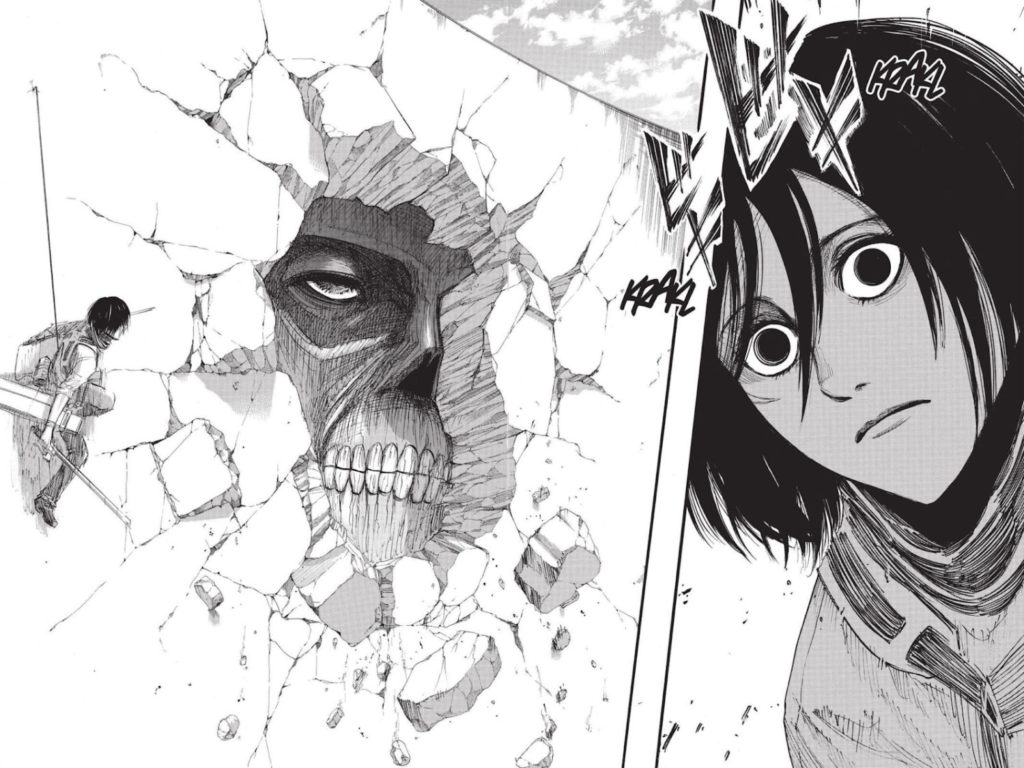
The manga panel featuring the reveal of the Colossal Titan’s face within Wall Maria was of paramount significance in the “Attack on Titan” series. This revelation marked a turning point in the story, unraveling the mystery of the Titans’ origins and their eerie connection to humanity. It exposed the horrifying truth that shook the very foundation of the characters’ understanding of their world. The colossal size and grotesque appearance of the Titan’s face added to the shock factor, leaving readers in awe of the brilliantly crafted storyline. This moment not only elevated the suspense and intrigue within the series but also fueled the characters’ determination to uncover the hidden truths that lay within their walled society.
Dragon Ball: Goku’s Super Saiyan transformation for the first time against Frieza.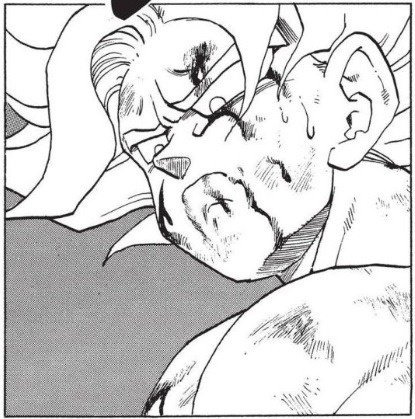
The manga panel portraying Goku’s first-ever Super Saiyan transformation against Frieza holds immense importance in the “Dragon Ball” series. This iconic moment signaled a pivotal shift in the storyline, as Goku’s newfound power marked a last-ditch effort to avenge his fallen friends and save the universe from Frieza’s tyranny. The visual impact of Goku’s hair turning golden and his aura blazing with energy sent shockwaves through the manga and anime communities. It became a symbol of the series itself, representing the boundless potential of its characters. Goku’s Super Saiyan transformation set the stage for numerous epic battles and continued to influence the narrative of “Dragon Ball” throughout its various iterations. This panel remains etched in the memory of fans, making it one of the most iconic and crucial moments in the series.
Also Check ➤ ➤ Best Anime AI Art Generators
Death Note: Light Yagami’s dramatic and iconic “I am Justice!” proclamation.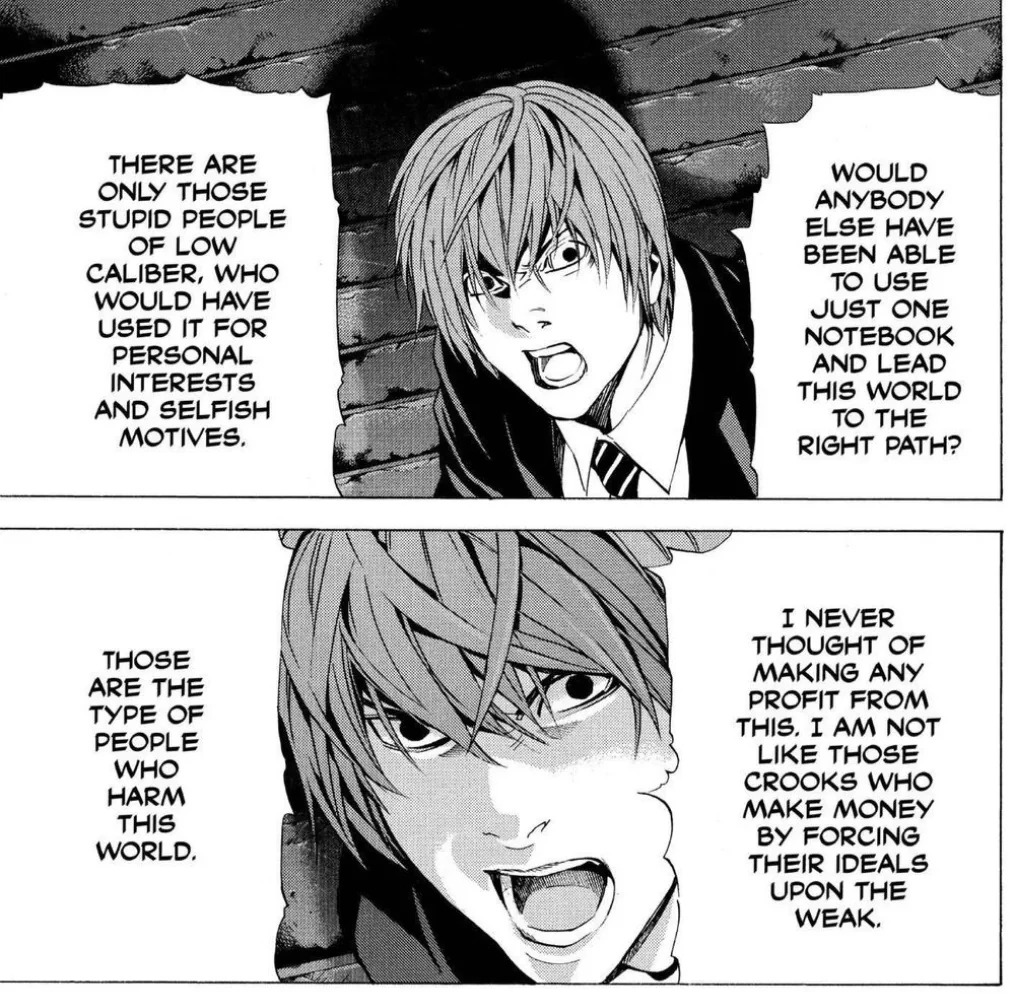
In “Death Note,” Light Yagami’s dramatic and iconic “I am Justice!” proclamation is a pivotal moment in the series. It marks the transformation of the initially morally ambiguous character into the full-fledged antihero/villain known as Kira. This declaration symbolizes his descent into megalomania and his pursuit of a new world order driven by his own sense of justice. It sets the tone for the intellectual and psychological battle of wits between Light and L, making it a crucial and memorable element of the narrative. Light’s proclamation reshapes the entire storyline and introduces complex ethical dilemmas that are central to the series’ thematic exploration of power, justice, and morality.
Naruto: Naruto and Sasuke’s final battle at the Valley of the End.
In “Naruto,” the final battle at the Valley of the End between Naruto and Sasuke is a pivotal moment in the series. This battle encapsulates their deep friendship, inner conflicts, and their individual quests for identity and purpose. It is the emotional climax, highlighting the profound bond between the two protagonists and their growth as characters, setting the tone for the rest of the narrative.
Also Check ➤ ➤ Top 15 Best Kids in Anime 2023
My Hero Academia: Deku’s One For All smash against the giant robot during the entrance exam.
“My Hero Academia” features Deku’s One For All smash against the giant robot during the entrance exam, marking the moment when he officially takes his first steps towards becoming a true hero. This act of heroism demonstrates his unwavering determination and the power he inherits. It’s a symbol of his journey from a Quirkless boy to a symbol of hope in a world of heroes and villains.
One Piece: Luffy’s first use of Gear Second during his battle with Rob Lucci.
Luffy’s first use of Gear Second in “One Piece” is a game-changer in his battle with Rob Lucci. It showcases his extraordinary potential and unwavering determination to protect his friends and achieve his dream of becoming the Pirate King. This moment marks a significant power-up in the series and is crucial for Luffy’s continued adventures.
Also Check ➤ ➤ Top 15 Best Kids in Anime 2023
Fullmetal Alchemist: The moment when Ed and Al perform a human transmutation.
In “Fullmetal Alchemist,” the moment when Ed and Al perform a human transmutation is a tragic and irrevocable event. It serves as the catalyst for the entire story, leading to consequences that shape their lives. This forbidden act is a pivotal point, emphasizing the moral and ethical dilemmas inherent in alchemy.
Berserk: Guts wielding the Dragon Slayer sword against a horde of demons.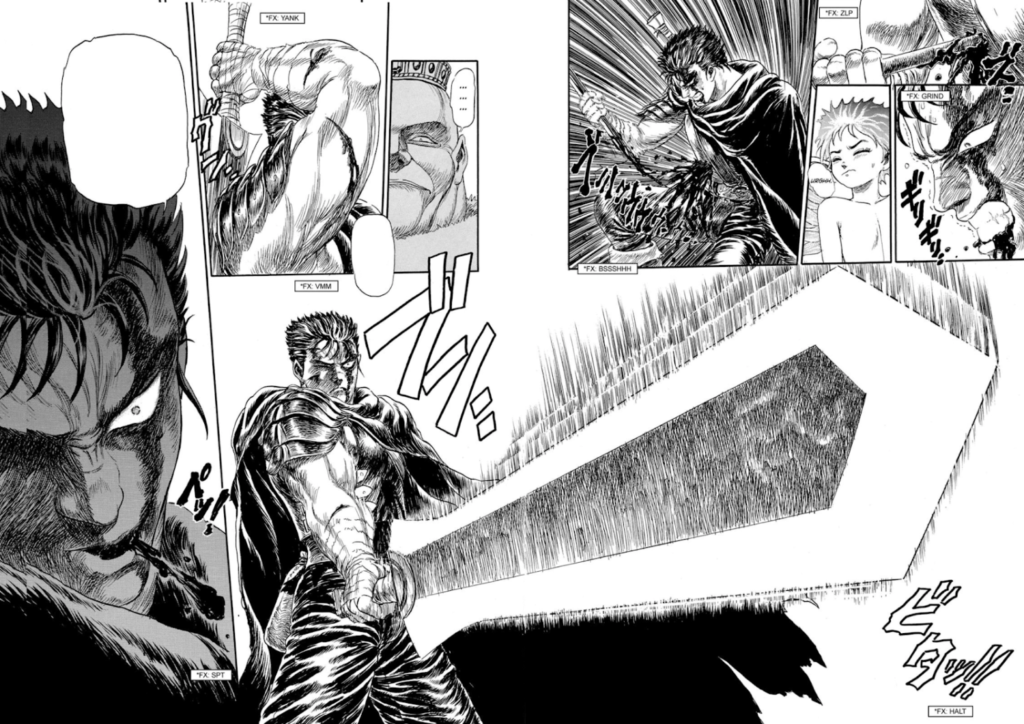
“Guts wielding the Dragon Slayer sword against a horde of demons in “Berserk” represents his relentless struggle in a world of darkness and chaos. The Dragon Slayer is a symbol of his determination and strength, making this moment a defining one in his quest for vengeance.
Also Check ➤ ➤ 10 Best Anime of all time!
Hunter x Hunter: Gon’s transformation during his battle with Neferpitou.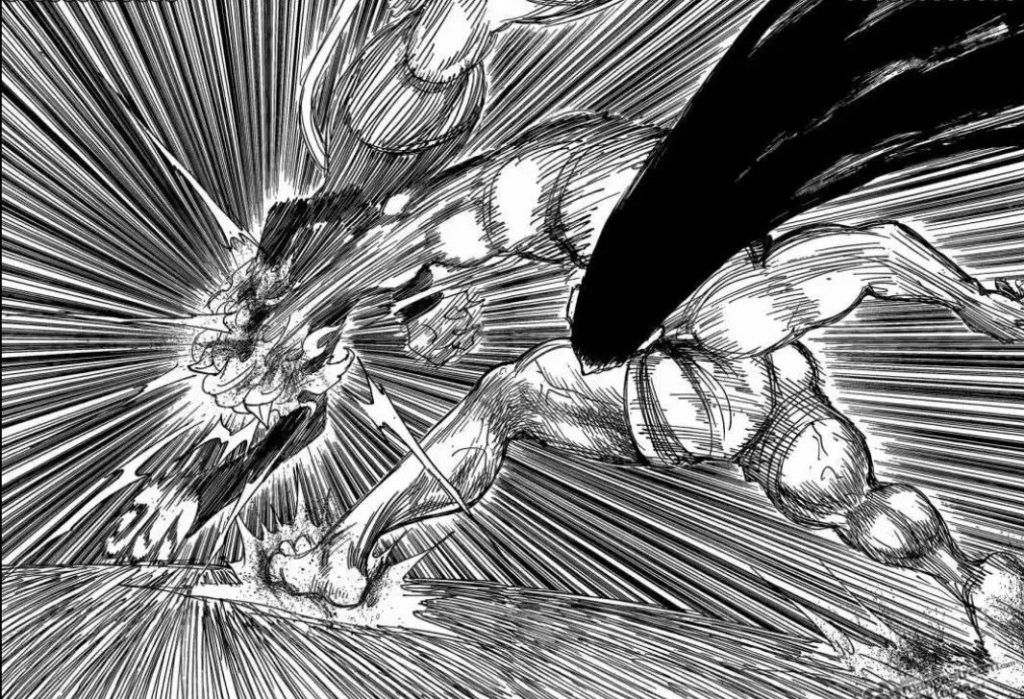
Gon’s transformation during the battle with Neferpitou in “Hunter x Hunter” is a shocking revelation that showcases the risks and sacrifices associated with seeking power. It’s a crucial turning point in Gon’s character arc, illustrating the darker aspects of his journey.
JoJo’s Bizarre Adventure: The famous “ORA ORA ORA!” battle cry from various JoJo characters.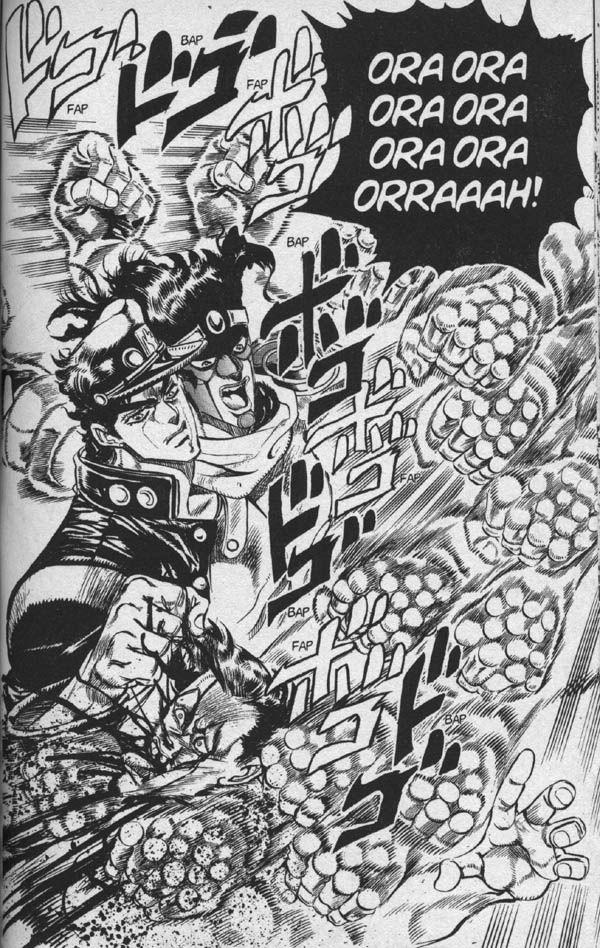
“JoJo’s Bizarre Adventure” features the famous “ORA ORA ORA!” battle cry, a recurring theme in intense confrontations. This battle cry is a signature element of JoJo’s unique style, adding to the series’ charm and energy.
Nausicaä of the Valley of the Wind: Nausicaä surrounded by the Ohmu.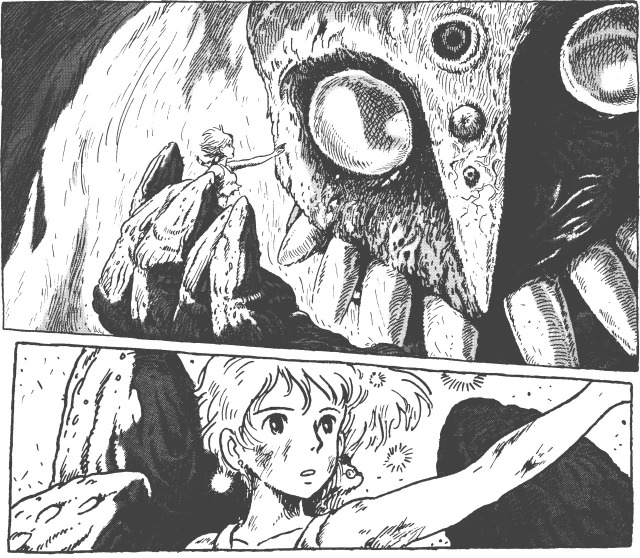
In “Nausicaä of the Valley of the Wind,” Nausicaä surrounded by the Ohmu symbolizes her connection with the natural world and her role as a protector of the environment. It reflects the ecological themes of the story and her character’s significance.
Akira: Kaneda’s iconic bike slide with his laser gun.
“Akira” captures Kaneda’s iconic bike slide with his laser gun, representing his rebellious spirit in a dystopian world. It’s a memorable image that embodies the cyberpunk aesthetic of the series.
Neon Genesis Evangelion: Eva Unit-01’s iconic “berserk” mode.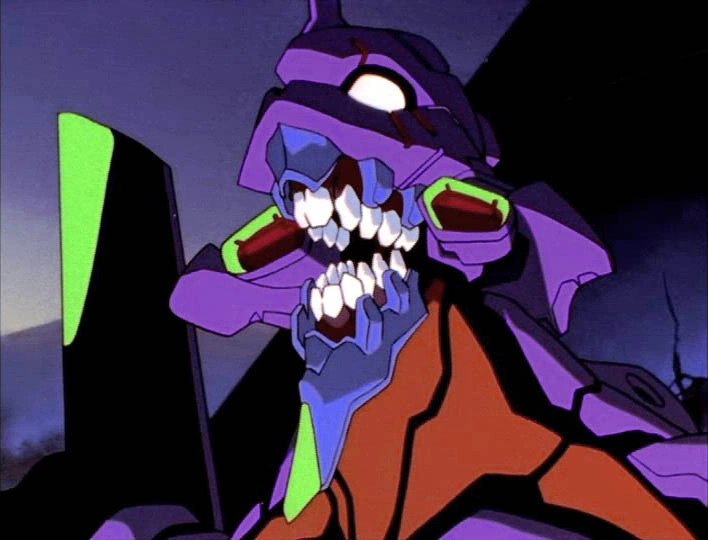
In “Neon Genesis Evangelion,” Eva Unit-01’s iconic “berserk” mode signifies the mysterious and powerful nature of the Evangelions. It’s a crucial element in the series, showcasing the enigmatic technology at the center of the narrative.
Also Check ➤ ➤ Best PDF Search engines to find FREE E-Books | Get NOW!
One Punch Man: Saitama’s battle against Boros.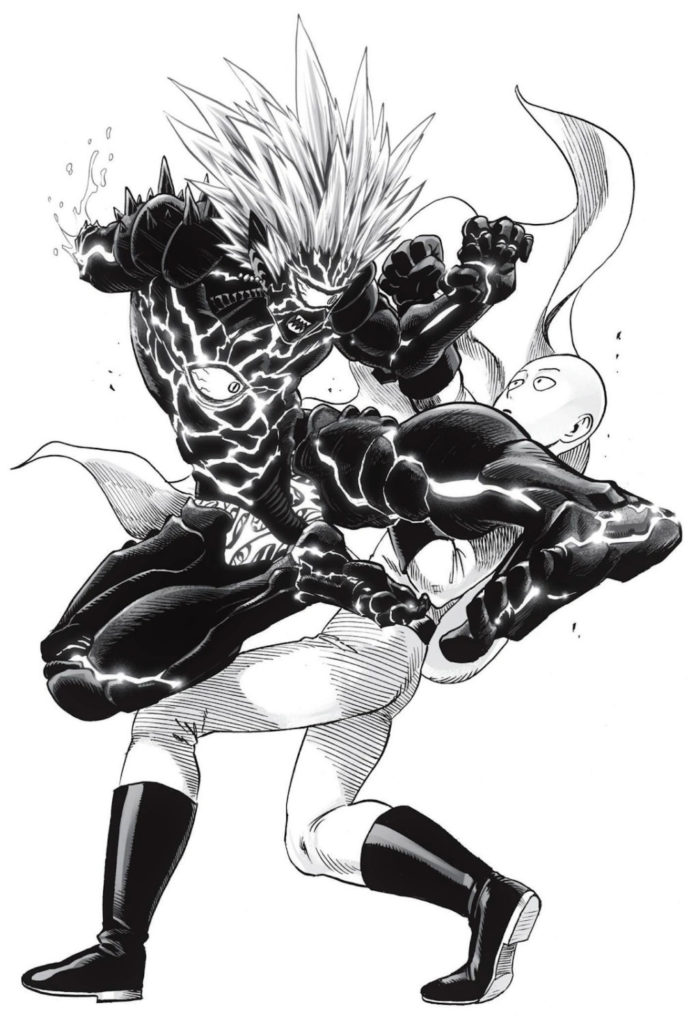
“One Punch Man” depicts Saitama’s battle against Boros, highlighting the absurd power imbalance of the titular character. This moment reinforces the central comedic theme of the series while showcasing Saitama’s overwhelming strength.
Tokyo Ghoul: Kaneki’s transformation into a half-ghoul.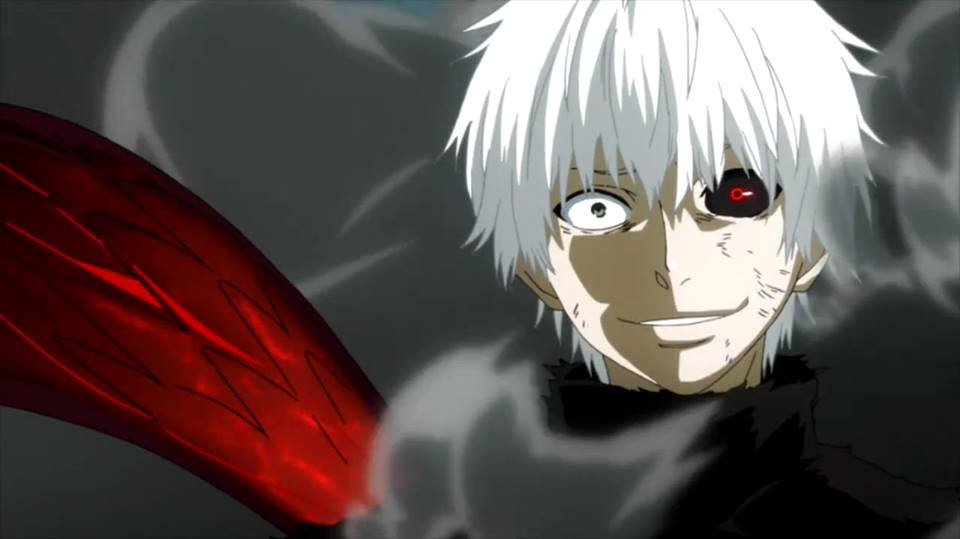
“Tokyo Ghoul” portrays Kaneki’s transformation into a half-ghoul, marking a profound shift in his identity and the series’ exploration of humanity and monstrosity. It’s a transformative moment that defines the rest of the story.
Also Check ➤ ➤ All Main Bosses in Elden Ring | Fight NOW!
ConclusionThe world of manga is a captivating realm where vibrant characters and compelling stories come to life through beautifully crafted panels. My brother’s experience at Manga Mania, where he delved into the pages of “Naruto,” underlines the magic of manga. It’s not just a form of entertainment; it’s a medium that fosters connections and creates communities of manga enthusiasts who passionately discuss characters, plot twists, and art styles. It’s a shared love that brings people together, transcending boundaries and differences.
Manga panels capture iconic moments in storytelling, moments that shape the narrative and stay etched in the hearts of readers and viewers alike. From the colossal reveal in “Attack on Titan” to Goku’s Super Saiyan transformation in “Dragon Ball,” these panels are pivotal, marking shifts in the plot and character development. They are snapshots of emotions, power, and transformation.
In a broader context, manga and anime offer an avenue for storytelling that is uniquely Japanese. Manga, the source material, allows readers to engage at their own pace, while anime brings these tales to life with animation, sound, and voice acting, providing a more immersive experience. It’s a collaborative relationship, with manga often serving as the foundation for anime adaptations, drawing fans into a rich world of characters and plots.
So, whether you’re a “Dragon Ball” enthusiast like me or a fan of any other series, manga panels are the heartbeats of these stories, carrying the weight of their importance in every stroke and word. They are the bridges to friendships, the keys to new worlds, and the gateways to profound narratives. Manga’s beauty lies not only in its artwork but in the connections it forges and the emotions it evokes, making it a treasure trove for lovers of storytelling and art alike.
- Home
- About Us
- Write For Us / Submit Content
- Advertising And Affiliates
- Feeds And Syndication
- Contact Us
- Login
- Privacy
All Rights Reserved. Copyright , Central Coast Communications, Inc.